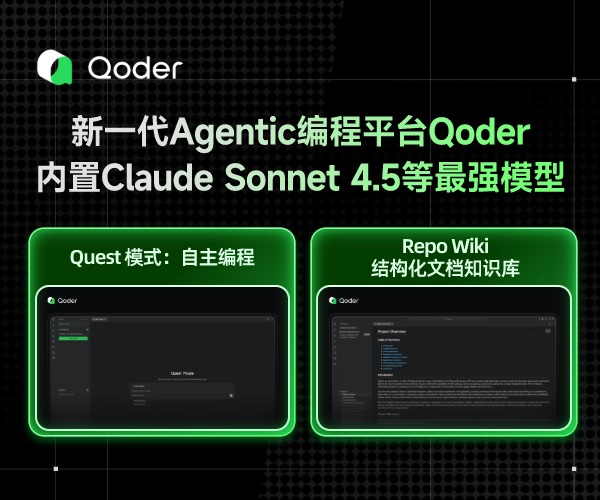<!DOCTYPE html>
<html lang="en">
<head>
<meta charset="UTF-8">
<meta name="viewport" content="width=device-width, initial-scale=1.0">
<title>Document</title>
</head>
<body>
</body>
<script>
var other={
abc:'other-abc'
}
function demo(){
this.abc='sfsdfsdf'
this.cbd='4645'
}
demo.prototype.fnOne=function(){
console.log(this.abc,"abc")
console.log(arguments,"argument")
}
demo.prototype.fntwo=function(){
console.log(this.cbd,"sdlkfjsdkfj")
}
var mydemo=new demo;
mydemo.fnOne.apply(other,['cshu1','cshu2'])
</script>
<script>
console.log('====================')
function testApply(){
console.log(this.abc,"apply")
console.log(arguments,"arguments")
}
var thisTar={
abc:'sdfsdfsf'
}
testApply.apply(thisTar,[234,234234])
</script>
</html>
区别
js apply 和 call 基本上没什么区别,主要的区别是传输参数的不同
apply(tar,[参数...]) #通过数组传递参数
calll(tar,'参数1','参数2'....)
bind 也是用来绑定this的指向,只是和apply\call 的区别是bind不会执行函数。
前端工程师、程序员


 浙公网安备 33010602011771号
浙公网安备 33010602011771号